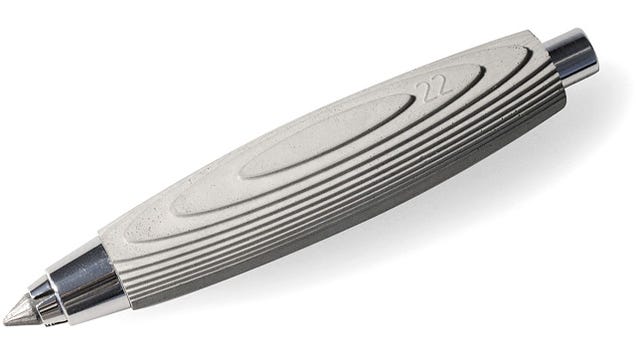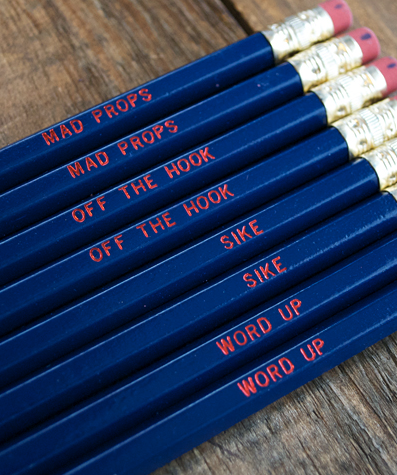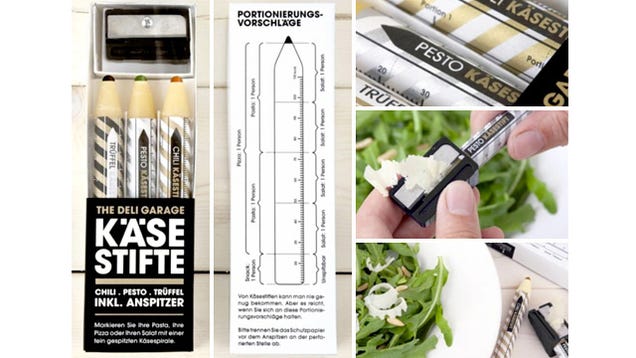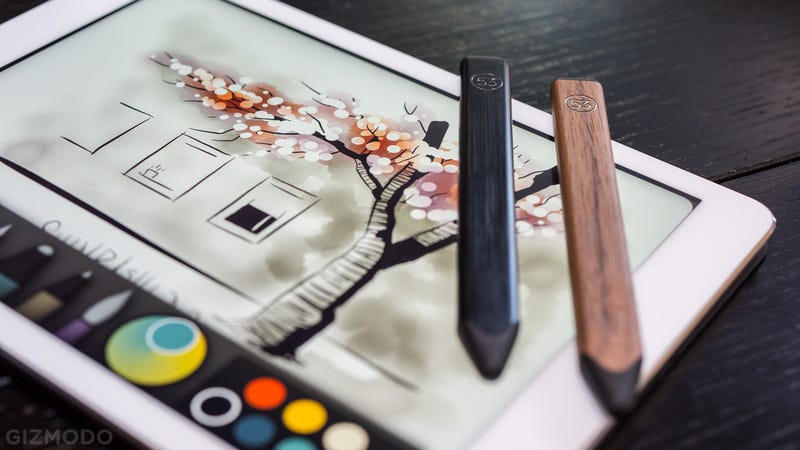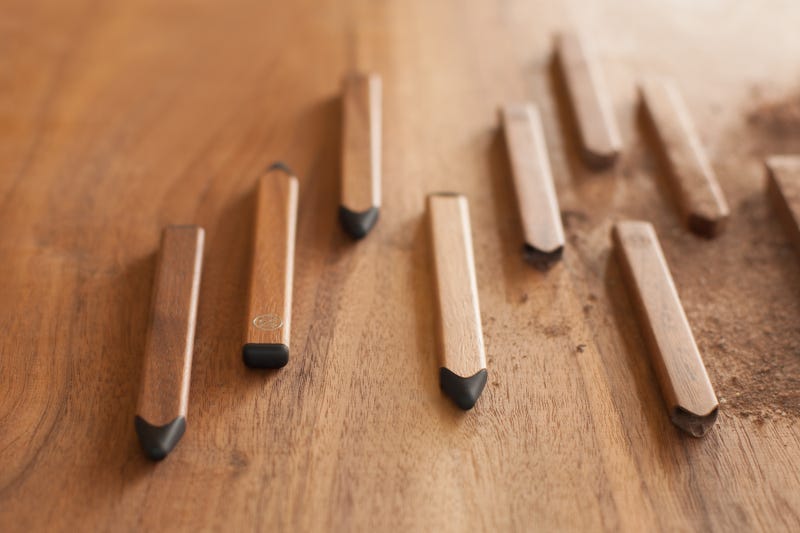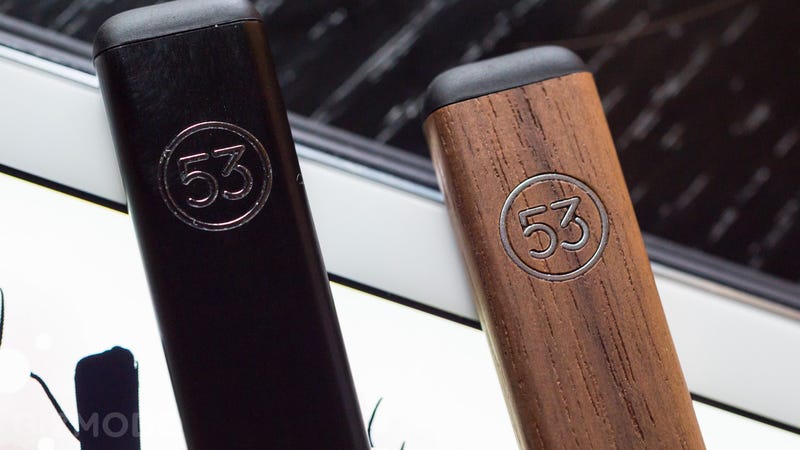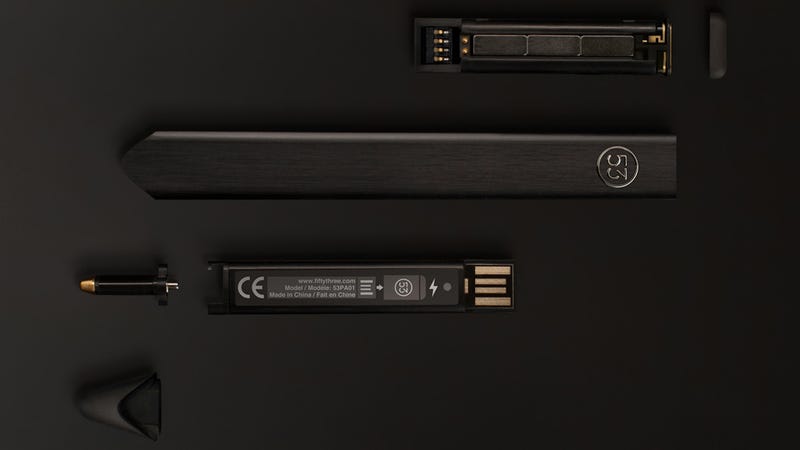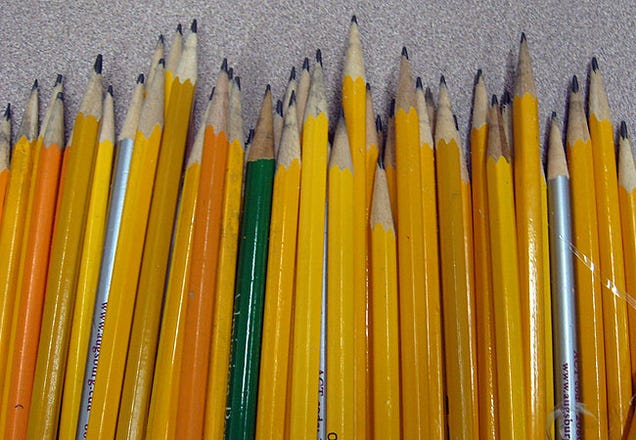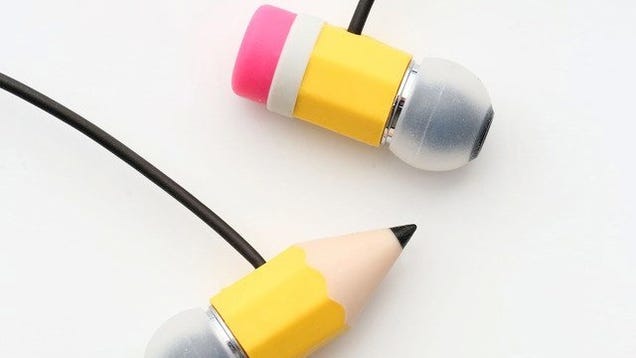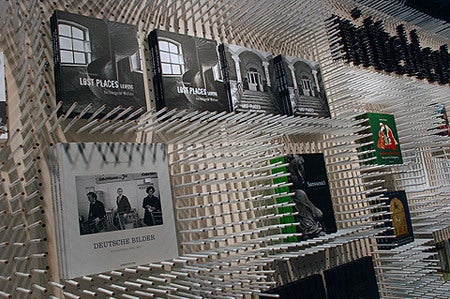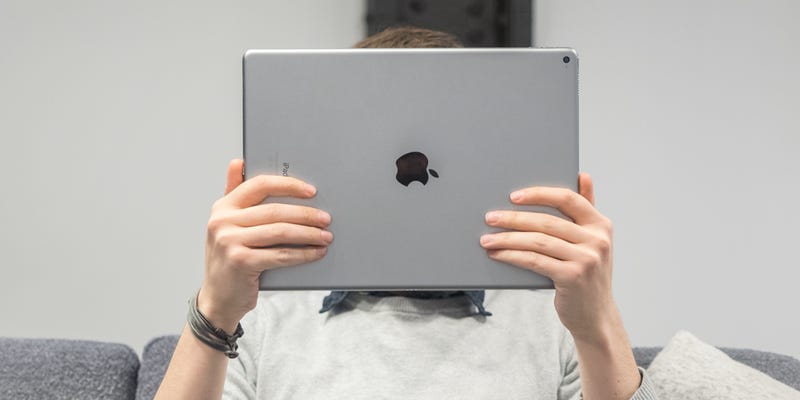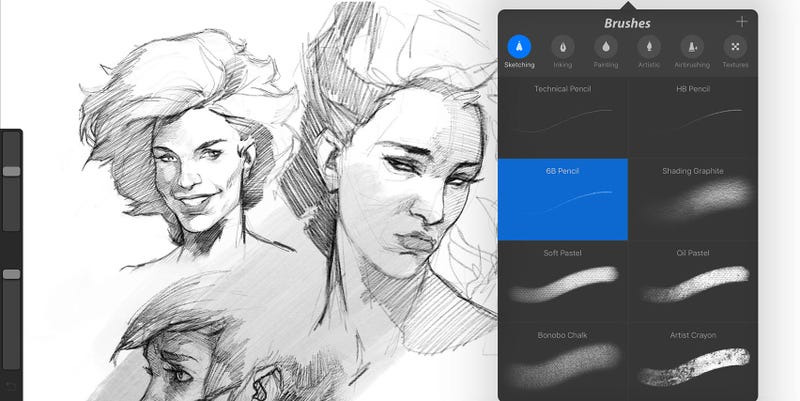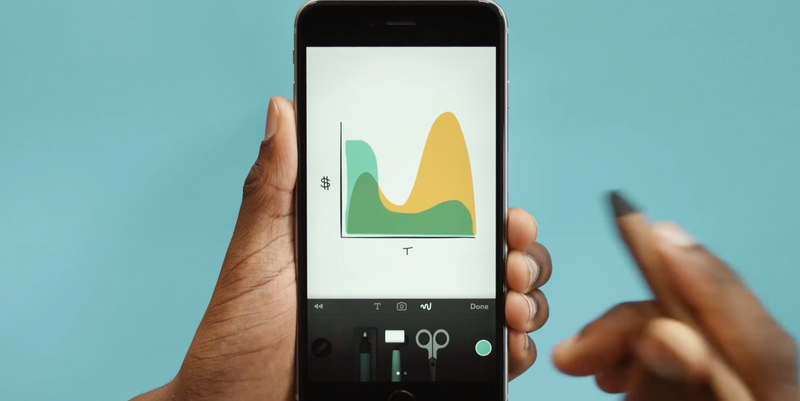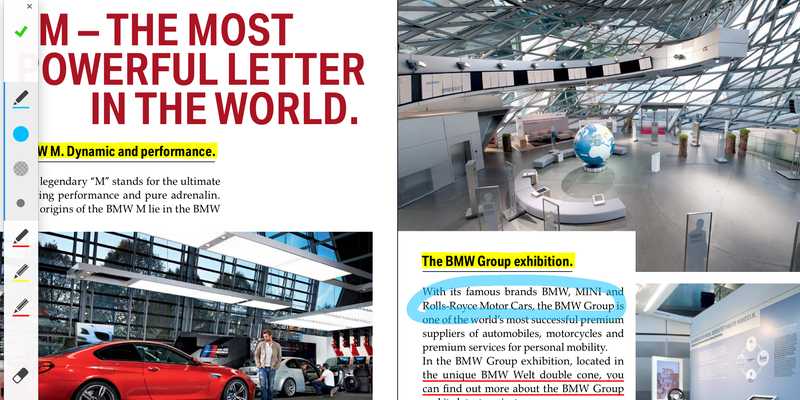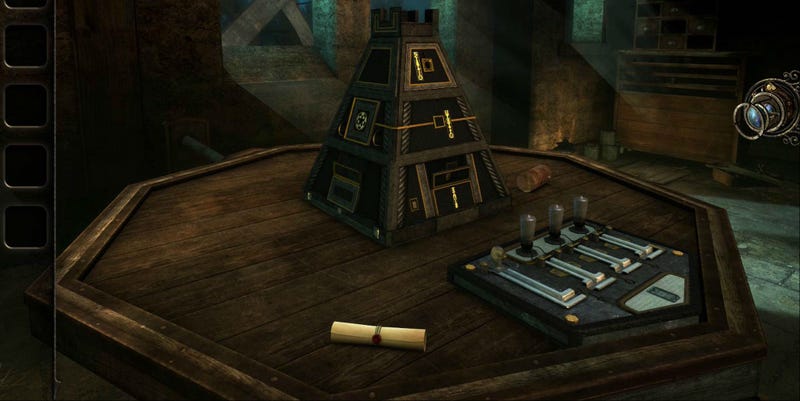The online pen community has been abuzz the last several months over frictions between older and newer participants at American pen shows. The lines of conflict have generally been framed in terms of age, or at least length of time involved with pens. There is quite a bit to be said about how pen collecting has changed over the years, and about the generation gap between those whose experience was rooted in pen shows and those who came into pens online -- but that is a topic for another post. Right now, I'd like to draw attention to a completely different issue, one whose importance has been almost entirely overlooked to date.
The modern American pen show is a hybrid event. There are old pens and new pens, collectors and users. Yet within these categories, there is more overlap than division. Where the differences are truly pronounced is along another divide entirely, one that most of us don't even give a moment's thought: the divide between those who set up as swap-meet traders, and those who present themselves as full-service retailers. Nearly all of the traders are amateurs, dealing mainly in vintage, while most of the retailers are professionals, their focus leaning towards the new. But it is not
what they sell that is of primary significance: it is the
mode of selling that is key.
At pen shows, traders and retailers get along just fine, as each understands what the other is all about. Where misunderstandings have arisen is when buyers come to a pen show expecting a retail shopping experience, only to run across exhibitors in full swap-meet mode. If the buyer is already familiar with markets of this sort, there's no problem -- but increasingly, that is not the case. The resulting clash isn't generational so much as cultural. This goes in both directions, for when buyers start demanding retail-style service from trader exhibitors, there can be pushback.
Let's pause for a moment for a closer look at the two market cultures. Shoppers expecting a modern Western retailing experience count on prices to be fixed and prominently posted, with items provided with descriptions and/or sales staff on hand ready to answer any questions. Buyer and seller roles are sharply demarcated. And though the shopper doesn't see it, prices are padded to factor in the cost of the customer services already noted, as well as 3-4% off the top for credit card or PayPal fees, and -- not least -- picking up the tab for any buyer blunders, such as breakage, handling damage, and returns of nondefective merchandise.
Collector-to-collector swap meets work very differently. Participants are equals, since virtually everyone both buys and sells. Pricing is flexible, bargaining is expected, and trading (bartering) is common. Not everything will bear a price tag, for a number of possible reasons: sellers may lack time or inclination (too much like work instead of a hobby); they may not be certain how much to ask (or even if they really want to sell); they may want to be free to adjust their asking prices on the fly (as when dealing with someone known to be a particularly hard bargainer, for example). Condition can run the range -- with pens, anything from straight out of an old desk drawer to fully and professionally reconditioned -- and sales are as-is and final. Though sellers are expected to disclose hidden and nonobvious defects, shoppers are also expected to exercise due diligence in inspecting prospective purchases and asking questions as necessary. Likewise, it's largely up to the shopper to ask about items of interest. Since shoppers are regarded as fellow collectors rather than retail customers, table holders typically give them space to look in peace rather than try to play the salesman: the eager attentiveness that many retail buyers expect can come off as offputtingly slick and aggressive in a swap-meet setting. And while most sellers will accept PayPal and some are set up for credit cards, the default payment method is cash or check, with prices negotiated accordingly.
How does all this play out? Let's take a look at some examples. Some of the conflicts illustrated here bring up issues other than the trader-retailer divide -- issues that we will discuss shortly, in further posts.
It's Sunday afternoon at a pen show, the "public" day. Exhibitor Joe is a pen hobbyist with a couple of hundred pens and pencils on offer, nearly all vintage. He'll fix up pens for his own use, but his repair skills are limited and most pens he'll sell on as-is. It's a lot of work to restore every last pen, and when selling collector-to-collector at shows, it doesn't have much effect on the selling price. Joe has been set up since Thursday, and does not expect much more business. Nearly all his sales take place in the first day or two of a show; in fact, a number of his peers are now in the habit of leaving Saturday afternoon, but Joe likes to stick around for post-show drinks and dinner with his pen friends. Still, working a table solo is tiring, and the Sunday crowd can be disheartening. Many don't seem to have a clue about what they are seeing or looking for. Parents let their kids play with fragile antiques that they have no intention of buying, or paying for if broken. More than once, Joe is asked if one of his vintage fountain pens can be had as a rollerball. When he explains why they can't, the questioners just turn on their heels and walk away. After the first couple of hours, Joe finally sits down and digs into a sandwich. He needs a little down time, so he starts looking at a magazine he picked up the day before.
Showgoer Zeke arrives at Joe's table. Zeke is enthusiastic about pens and is an active participant in multiple online pen venues. He has bought items online and at bricks and mortar stores, but this is his first big show. Zeke is only loosely aware that things have been going on here for some days already. For him, today -- the "public" day -- *is* the pen show. As Zeke made his way inside, he saw the exhibitors up front with new pens and stationery busily dealing with customers, so he is taken aback when he sees Joe sitting behind his table, eating a sandwich, his head in a magazine. Zeke has no idea that today is the new-pen retailers' big selling day, whereas the vintage pen trading is largely done. He feels ignored and shut out, and moves on.
Joe hasn't sold a thing today, so he covers up his table and goes for a wander. He's done this several times during the course of the show: if you can't get someone to watch your table, you've got to close up if you want to go shopping yourself. His friend Al waves him over. Good pens don't walk in as often as they used to, but Al has been lucky. A couple was making the rounds this morning and asked if he'd be interested in buying some old pens they had inherited, and Al had been able to acquire an unusual Parker from them at a very reasonable price. The day before, Joe made a couple of good finds on other exhibitors' tables, so he pulls them out to show to Al. They talk about the pens, the show, and what else has turned up.
Dan arrives while they are chatting. Dan has been to a few shows and has recently begun to take an interest in vintage pens. He vehemently disavows being a collector, though, and maintains that pens are meant to be used. Dan is put off that Al is continuing to chat with Joe instead of attending to Dan. After waiting a while, he asks if Al has any cheap pens with flexible nibs. Many sellers would laugh in Dan's face (the balance of supply vs demand does not favor such requests), but Al simply tells him no. Like most amateur traders, Al has very limited display space. The cheap stuff gets left at home, and the items on display are arranged by brand, since that's how most vintage buyers shop. Dan keeps looking at Al's pens and eventually finds a colorful Waterman with what looks like a promisingly flexible nib. He asks Al if he can dip-test the pen. Al hesitates, then assents. At a recent show, another dipper tried out dozens of his pens without buying any, leaving Al to clean them all up. But this is just one pen, so Al says OK. Does Al have any ink, asks Dan? The answer is no -- to Dan's evident disgust. How can one sell pens without ink? Ink is found, the nib is tried and found suitable. Dan belatedly asks the price, and is visibly startled to hear a figure ten times what he expected. The pen is in a striking uncatalogued color, but Dan hadn't a clue it was in any way special. Dan puts it down and walks away convinced that Al's price is unjustified and unreasonable. Joe, however, realizes that a similar example recently sold on eBay for half again as much. After Dan has left, he makes Al an offer on the Waterman. After a bit of haggling, the pen changes hands for some 15% less than Al's original asking price.
Maria lives in Europe, and most of her pens are European models not commonly found in the USA. Like many show traders, she sells her pens semi-repaired: they will fill, but have not been thoroughly tested. Her piston-fillers and safeties usually still have their original seals, which may be a bit leaky or due for replacement. She prefers payment in cash, since international payment options are expensive and clumsy. In a pinch, American friends will help out with checks or credit cards, but she does not want to impose upon them too much. Cash can also be immediately spent on American pens to take back to Europe -- an important consideration, since Maria is a trader, not a collector. It is Sunday afternoon when Lee comes up to Maria with a pen he bought from her on Friday morning. He says he has changed his mind and wants to return it. He has no complaints about the pen itself, which was one of Maria's most expensive items. Maria notices that the pen has been aggressively polished since it was sold, markedly weakening its imprints. The show is nearly over; if the pen had been returned a day or two earlier, she would have had an excellent chance of reselling it. To accept it back now means taking it home unsold, as well as giving up a significant chunk of Maria's bankroll for scooping up end-of-show bargains. Many traders would say no to the return. Maria does not want any fuss, so stoically takes back the pen. Lee will not be getting any deals from her in the future -- if she does business with him at all. Maria's friends will hear the story soon enough, too. Meanwhile, Lee has no inkling that he has done anything wrong, let alone that he will be paying the consequences for years to come.
Ellen has been collecting one thing or another since she was a kid. She has shopped at flea markets and fancy antique shows and everything in between. She knows the benefits of getting to a show early, so she doesn't hesitate to spend the extra money to get in to her first big pen show on Thursday. Today only a few retail sellers are set up; most are either shopping or taking it easy. Although Ellen has only recently taken an interest in pens, the trading environment is entirely familiar. Ellen is comfortable engaging with the table-holders, asking questions and advice. She is not put off that some are more open and helpful than others; that comes with the territory in any group. For the most part the sellers are responsive, recognizing her interest and commitment. She may not be throwing around loads of cash, but they can see that she is no tire-kicker. She will leave the show with a good selection of pens bought well below retail, along with many invaluable new connections with other, more experienced, collectors.
Pen show frictions, continued: Part 2: the Generation Gap, Part 3: meet the older collectors, Part 4: users vs collectors
